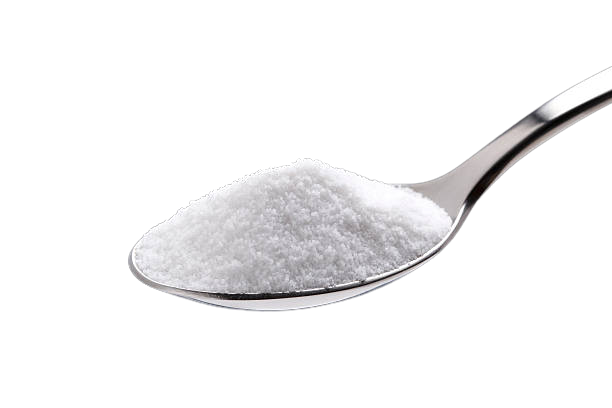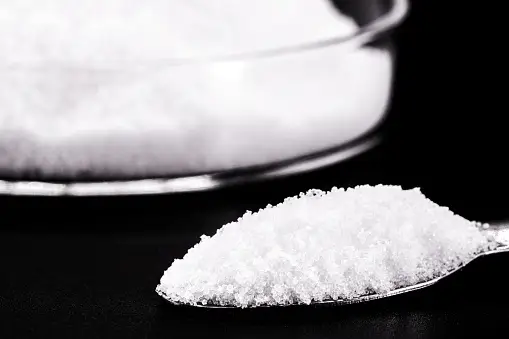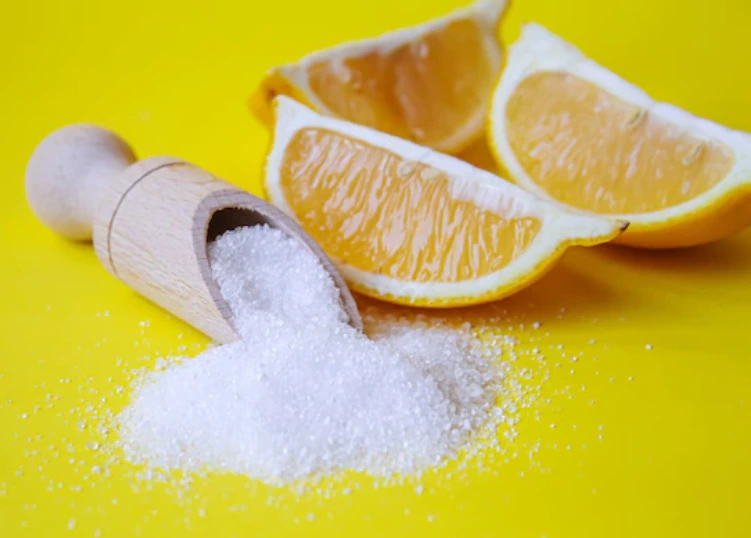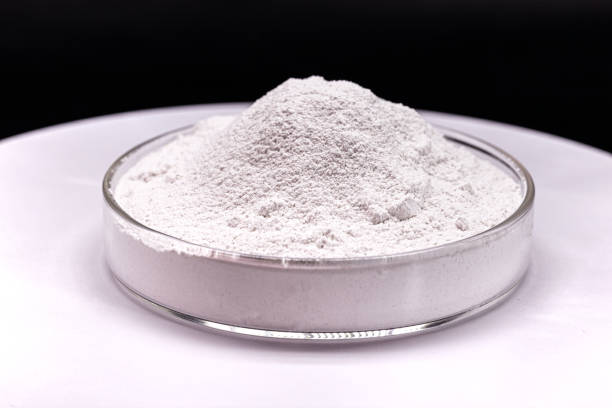Citric Acid Anhydrous
A citrate is a derivative of citric acid; that is, the salts, esters, and the polyatomic anion found in solution. An example of the former, a salt is trisodium citrate; an ester is triethyl citrate. When part of a salt, the formula of the citrate anion is written as C 6H 5O3− 7 or C 3H 5O(COO)3− 3. Citric acid can be obtained as an anhydrous (water-free) form or as a monohydrate. The anhydrous form crystallizes from hot water, while the monohydrate forms when citric acid is crystallized from cold water.

- Overview
- Application
- Spesification
Citric acid is an organic compound with the chemical formula HOC(CO2H)(CH2CO2H)2. It is a colorless weak organic acid. It occurs naturally in citrus fruits. In biochemistry, it is an intermediate in the citric acid cycle, which occurs in the metabolism of all aerobic organisms. More than two million tons of citric acid are manufactured every year. It is used widely as an acidifier, as a flavoring, and a chelating agent. A citrate is a derivative of citric acid; that is, the salts, esters, and the polyatomic anion found in solution. An example of the former, a salt is trisodium citrate; an ester is triethyl citrate. When part of a salt, the formula of the citrate anion is written as C 6H 5O3− 7 or C 3H 5O(COO)3− 3.
Chemical Characteristics
Citric acid can be obtained as an anhydrous (water-free) form or as a monohydrate. The anhydrous form crystallizes from hot water, while the monohydrate forms when citric acid is crystallized from cold water. The monohydrate can be converted to the anhydrous form at about 78 °C. Citric acid also dissolves in absolute (anhydrous) ethanol (76 parts of citric acid per 100 parts of ethanol) at 15 °C. It decomposes with loss of carbon dioxide above about 175 °C.
Manufacturing Process
Citric acid is produced by submerged fermentation using fungus from different sources of carbohydrates, such as molasses and starch-based media. As precipitation, calcium oxide is added to form the slightly soluble tri-calcium citrate tetrahydrate. The precipitate is removed by filtration and washed to remove impurities. It is treated with sulphuric acid to form calcium sulfate and filtered off. The citric acid liquid is then treated with active carbon and passed through a cation and anion exchanger. Finally, the liquid is concentrated in vacuum crystallizers at 20-25℃, forming citric acid monohydrate. A higher temperature in this step will result in citric acid anhydrous.
Food Industry
Citric acid is widely used in the food and beverage industry for different purposes. Some food that contains citric acid includes jellies, jams, candies, dairy product, frozen fruit, oils, and animal feed. Beverages such as wine, ciders, soft drinks, and syrups also contain citric acid. Citric acid can be used for pH adjustment and preservation and can be used as an antioxidant agent, sequestering agent, acidulate, and flavor enhancer.
Pharmaceutical Industry
Citric acid is also used in pharmaceuticals. It is combined with bicarbonates to use as an effervescent and anticoagulant. It is also used to adjust pH and as an antioxidant agent. Citric acid is used to increase the solubility of brown heroin. It is also used as feed in the production of antiviral tissues.
Detergent Industry
Citric acid is a chelator or an acid that inactivates water hardness and creates foam, making it especially useful in soaps, laundry detergents, and as a cleaning agent.
Agriculture Industry
Citric acid is used as an agricultural repellent against frogs, especially in Hawaiian plants. As a corrosive and acidic compound, the amount of citric acid for plants must be specified. Adding too much citric acid can cause acidic soil, which can burn the plant root and cause the plant’s death.
Other Applications
Citric acid is used to remove metal oxides for the operational cleaning of iron and copper oxides. In industrial applications, citric acid is used as a buffering and neutralizing agent. It is also used in non-corrosive, non-toxic, and biodegradable processes and safety standards. Other uses include ceramic manufacture, ion complexion, leather tanning, copper plating, floor cement, adhesive, waste treatment, electroplating, textile, bottle washing compound, etc.
| Names | |
|---|---|
IUPAC name Citric acid | |
Preferred IUPAC name 2-Hydroxypropane-1,2,3-tricarboxylic acid. | |
| Identifiers | |
CAS Number | 77-92-9 |
3D model (JSmol) | Interactive image |
| ChEBI | CHEBI:30769 |
| ChEMBL | ChEMBL1261 |
| ChemSpider | 305 |
| DrugBank | DB04272 |
| ECHA InfoCard | 100.000.973 |
| EC Number | 201-069-1 |
| E number | E330 (antioxidants, ...) |
IUPHAR/BPS | 2478 |
| KEGG | D00037 |
PubChem CID | 311 22230 (monohydrate) |
| RTECS number | GE7350000 |
| UNII | XF417D3PSL |
CompTox Dashboard (EPA) | DTXSID3020332 |
| Properties | |
Chemical formula | C6H8O7 |
| Molar mass | 192.123 g/mol (anhydrous), 210.14 g/mol (monohydrate) |
| Appearance | white solid |
| Odor | Odorless |
| Density | 1.665 g/cm3 (anhydrous) 1.542 g/cm3 (18 °C, monohydrate) |
| Melting point | 156 °C (313 °F; 429 K) |
| Boiling point | 310 °C (590 °F; 583 K) decomposes from 175 °C |
Solubility in water | 54% w/w (10 °C) 59.2% w/w (20 °C) 64.3% w/w (30 °C) 68.6% w/w (40 °C) 70.9% w/w (50 °C) 73.5% w/w (60 °C) 76.2% w/w (70 °C) 78.8% w/w (80 °C) 81.4% w/w (90 °C) 84% w/w (100 °C) |
| Solubility | Soluble in acetone, alcohol, ether, ethyl acetate, DMSO Insoluble in C 6H 6, CHCl3, CS2, toluene |
| Solubility in ethanol | 62 g/100 g (25 °C) |
| Solubility in amyl acetate | 4.41 g/100 g (25 °C) |
| Solubility in diethyl ether | 1.05 g/100 g (25 °C) |
| Solubility in 1,4-dioxane | 35.9 g/100 g (25 °C) |
| log P | −1.64 |
| Acidity (pKa) | pKa1 = 3.13 pKa2 = 4.76 pKa3 = 6.39, 6.40 |
Refractive index (nD) | 1.493–1.509 (20 °C) 1.46 (150 °C) |
| Viscosity | 6.5 cP (50% aq.sol) |
| Structure | |
Crystal structure | Monoclinic |



